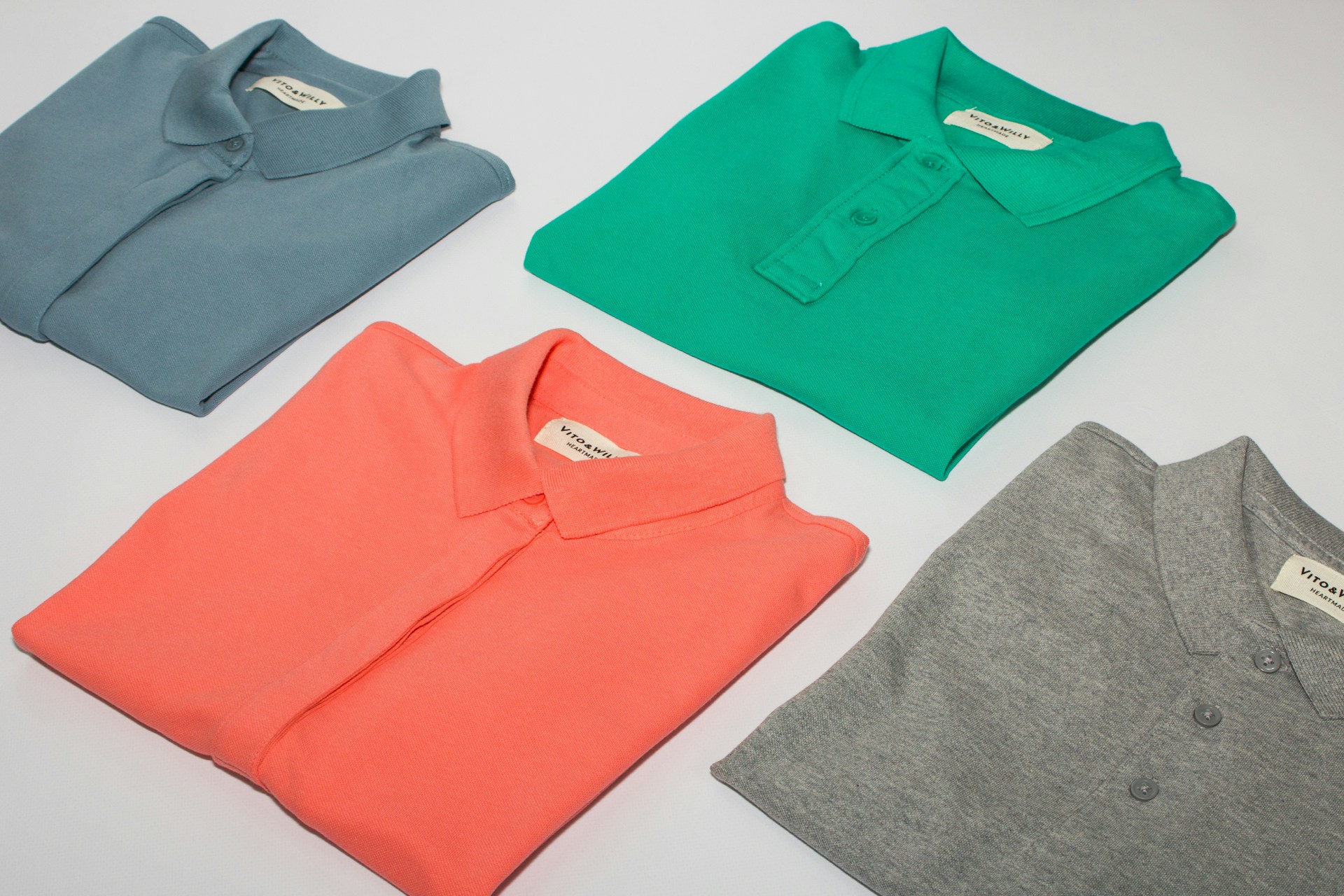Darling, let’s be honest, the fashion industry and its “fast-fashion” is a beast. A beautiful, dazzling beast, yes, but a beast nonetheless. And like any beast, it leaves a rather large footprint. As someone who has dedicated their life to the art of design, I feel a responsibility to champion change – to explore how we can create beauty without compromising our planet. After all, what’s the point of a fabulous dress if the very fabric of its being is harming the earth?
Why Sustainable Fabrics Matter
Think about it: conventional fabrics—your cottons, your polyesters—they often come with a heavy environmental price tag. Pesticides, excessive water usage, and reliance on fossil fuels… it’s a grim picture. Sustainable fabrics, on the other hand, offer a glimmer of hope. They are produced with a focus on minimizing environmental impact, conserving resources, and ensuring ethical labor practices. When you choose sustainable, you’re not just buying a garment; you’re investing in a better future. I always tell my students, your designs are only as good as the ethics that back them.
The Eco-Friendly Elite: Top Sustainable Fabric Choices
So, what are these wonder fabrics? Let’s dive in, shall we?
Organic Cotton
Ah, cotton. A classic. But conventional cotton? Not so virtuous. Organic cotton, however, is grown without synthetic pesticides and fertilizers. It’s kinder to the earth and to the farmers who cultivate it. I have personally seen the difference in the fields, the soil is richer, the air is cleaner, it’s a world away from traditional cotton farms. It’s soft, breathable, and versatile, making it a darling for dresses, tops, and everything in between. Finding recycled cotton is a great option too, if organic cotton is not available.
Linen
Linen, derived from the flax plant, is a true champion of sustainability. It requires very little water and pesticides to grow, and the entire plant can be used, leaving minimal waste. Plus, it’s incredibly durable and becomes softer with each wash – a quality I deeply admire. Imagine a breezy linen dress on a hot summer day. Chic and eco-conscious? Yes, please!
Hemp
Don’t let its association with certain… recreational activities… fool you. Hemp is a powerhouse! It grows quickly, requires little water, and is naturally pest-resistant. The result is a strong, durable fabric that’s perfect for everything from outerwear to accessories. It might have a slightly rough texture initially, but it softens beautifully over time. It’s like a good bottle of wine, it just gets better with age.
Tencel/Lyocell
Tencel, also known as Lyocell, is made from sustainably sourced wood pulp, typically from eucalyptus trees. What’s remarkable is the closed-loop production process, where almost all the solvents used are recycled. This fabric is incredibly soft, drapes beautifully, and is naturally breathable. I find it makes the most divine blouses and skirts. It’s a dream to work with!
Recycled Polyester (rPET)
Now, let’s talk about turning trash into treasure. Recycled polyester, often made from plastic bottles, gives new life to waste that would otherwise end up in landfills. It requires significantly less energy to produce than virgin polyester and helps reduce our reliance on fossil fuels. It’s a fantastic option for linings, activewear, and even some outerwear pieces. Clever, isn’t it?
Other Up-and-Coming Sustainable Fabrics
The world of sustainable textiles is constantly evolving, thank heavens! Keep an eye out for innovative materials like:
- Piñatex: Made from pineapple leaf fibers, a byproduct of the pineapple harvest.
- Orange Fiber: Created from citrus juice by-products.
- Seaweed Fabric: Yes, you read that right!
Sustainable Fabrics vs. Conventional Materials: The Showdown
To truly appreciate the value of sustainable fabrics, let’s compare them to their conventional counterparts:
- Water Usage: Sustainable fabrics like hemp and linen require significantly less water than conventional cotton.
- Pesticide Use: Organic cotton eliminates the need for harmful pesticides, unlike conventional cotton.
- Carbon Footprint: Recycled polyester reduces our reliance on fossil fuels compared to virgin polyester.
- Waste Reduction: Fabrics like Piñatex and recycled polyester transform waste into valuable resources.
Making Conscious Choices: A Call to Action
My darlings, as consumers and creators, we have the power to drive change. By choosing sustainable fabrics, we can reduce our environmental impact, support ethical labor practices, and encourage innovation in the fashion industry. It’s not about sacrificing style; it’s about making informed choices that align with our values. So, the next time you’re shopping for a new dress or designing a collection, consider the fabric. Ask questions. Demand transparency. Let’s weave a future where fashion and sustainability go hand in hand. It’s 2025, after all, and about time we did so!


